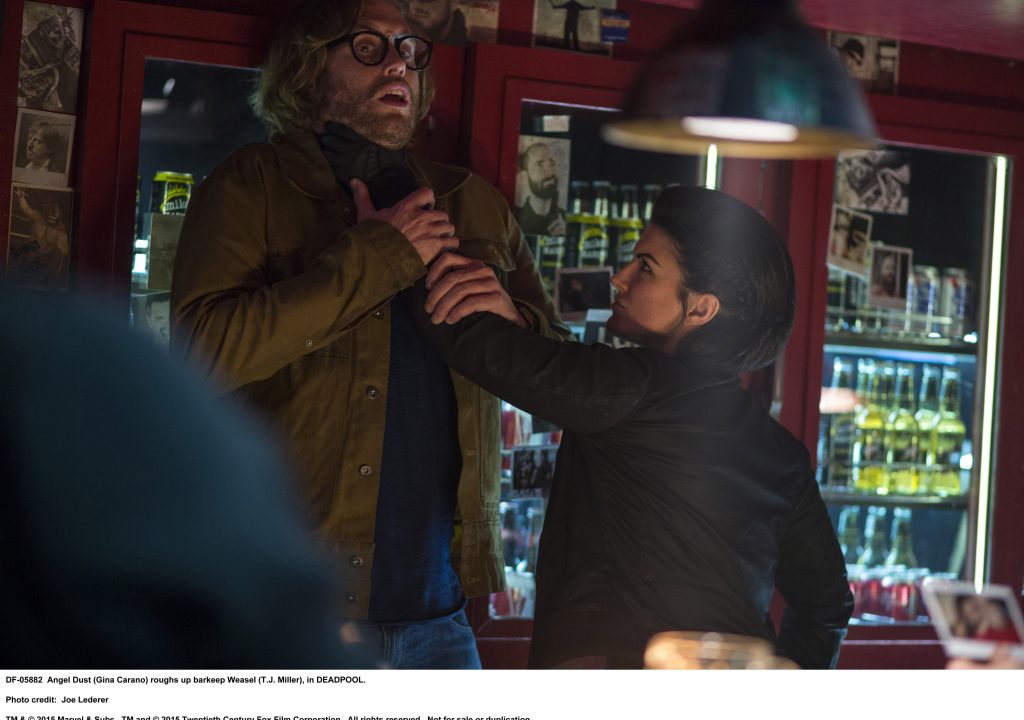“Deadpool” is one of the biggest films to date to be edited in Premiere Pro CC. Its editor, Julian Clarke, talks shop with Art of the Cut.
Julian Clarke has editor credits going back to when he was 24, hitting it big with the breakout success of “District 9” in 2009. Since then, he has cut “The Whistleblower,” “The Thing,” “Elysium,” “Project Almanac,” “Chappie,” and, most recently, “Deadpool.” This is one of the biggest films to date – along with “Gone Girl” and “Hail Caesar!” – to be edited in Premiere Pro CC. We dealt with most of the technical aspects of that process in a previous Art of the Cut interview. This interview concerns itself with the craft of editing more than the NLE it was cut in.
deadpool-Deadpool_Trailer2_Redband_h264_hd from Steve Hullfish on Vimeo.
HULLFISH: Talk to me about the role of the editor as a storyteller inside of the collaborative process of filmmaking.
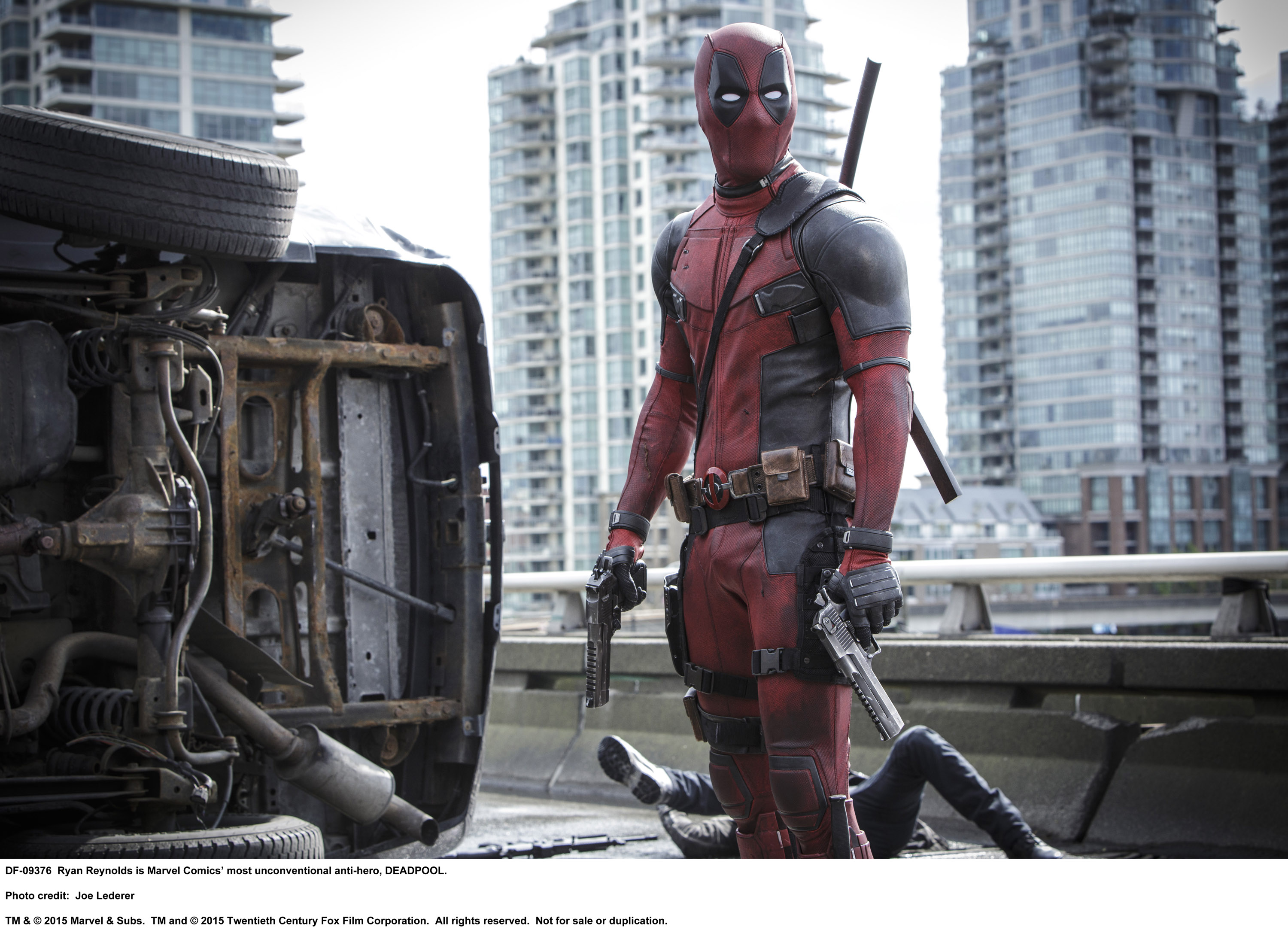 CLARKE: A movie isn’t even a movie until it’s been edited, so the screenplay is like the blueprint and then the shooting is the gathering of the raw material, but it’s not really a movie until you edit it, so that really is the final part where it all comes together into a story. In that sense it absolutely is storytelling. In terms of demonstrating that the editor can be a storyteller with a single cut, and back to the syntax of the movie, it’s all about juxtaposing shots and creating meaning between those shots and juxtapositions. Usually within a scene it’s just this characters reaction to this other thing, but then, every once in a while you can imply an entire piece of story that you don’t see through a simple juxtaposition. One example of that is the recruiter seen in the bar is telling Wade that he can heal his cancer and turn Wade into a superhero, As Wade walks away and sits on his own, you have this slightly unsettled look and then we juxtapose that to him sitting at a window with insomnia and it’s raining outside and you kind of immediately understand that what’s been said to him is gnawing away at him. That juxtaposition was not the way the sequence was written or shot. It was a created meaning in the edit suite.
CLARKE: A movie isn’t even a movie until it’s been edited, so the screenplay is like the blueprint and then the shooting is the gathering of the raw material, but it’s not really a movie until you edit it, so that really is the final part where it all comes together into a story. In that sense it absolutely is storytelling. In terms of demonstrating that the editor can be a storyteller with a single cut, and back to the syntax of the movie, it’s all about juxtaposing shots and creating meaning between those shots and juxtapositions. Usually within a scene it’s just this characters reaction to this other thing, but then, every once in a while you can imply an entire piece of story that you don’t see through a simple juxtaposition. One example of that is the recruiter seen in the bar is telling Wade that he can heal his cancer and turn Wade into a superhero, As Wade walks away and sits on his own, you have this slightly unsettled look and then we juxtapose that to him sitting at a window with insomnia and it’s raining outside and you kind of immediately understand that what’s been said to him is gnawing away at him. That juxtaposition was not the way the sequence was written or shot. It was a created meaning in the edit suite.
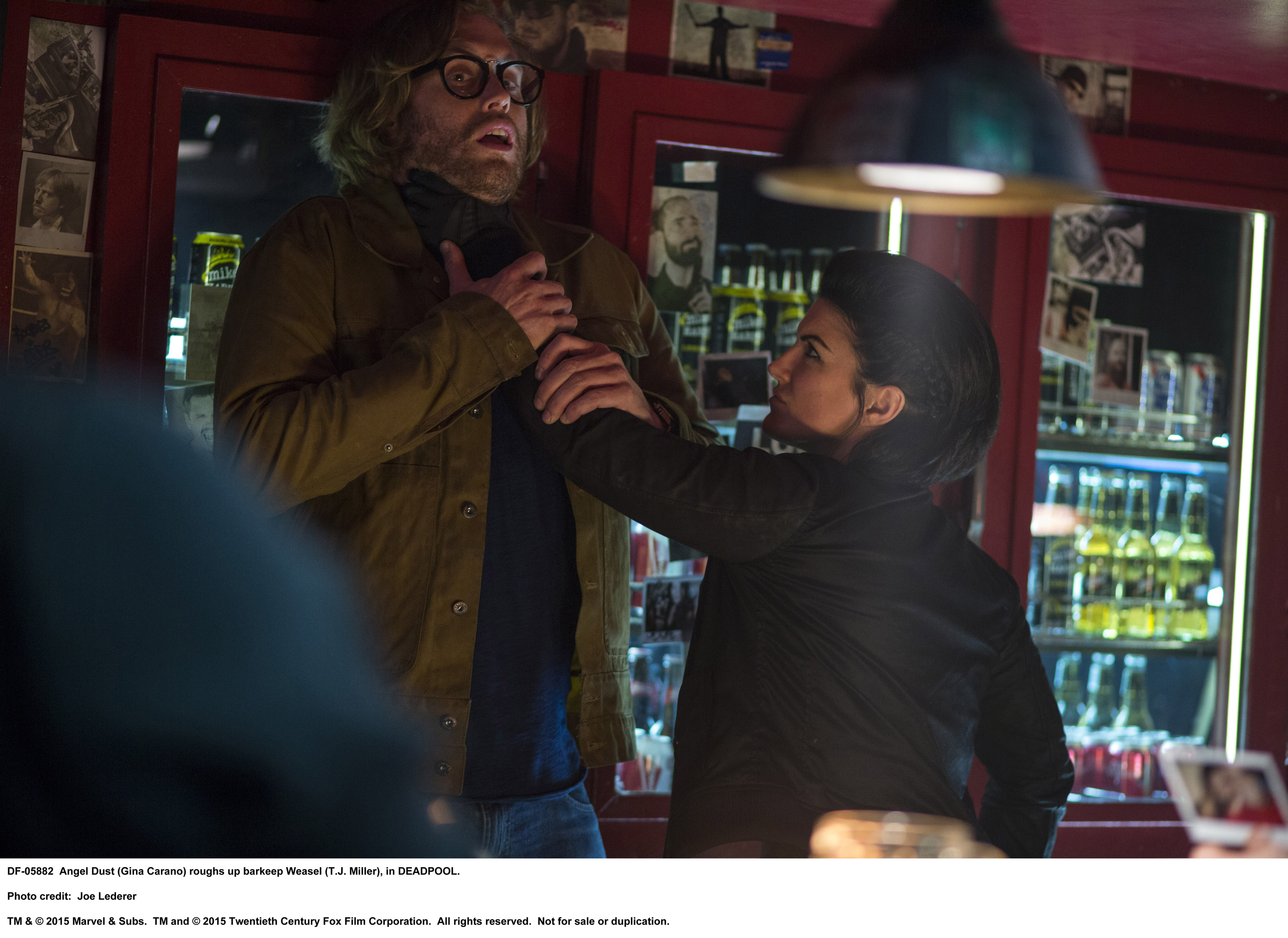 HULLFISH: I love that. I was talking to Billy Fox, who cut “Straight Outta Compton” and we were discussing “Why are movies so over-shot? How do you end up with almost every feature film’s first assembly being 20 or 25 or 30 per cent too long?” And he said, in a lot of movies you find out in editing that you don’t need stuff – like a whole scene where Wade talks through his feelings or thought process. You do that juxtaposition and the audience gets it in a single cut.
HULLFISH: I love that. I was talking to Billy Fox, who cut “Straight Outta Compton” and we were discussing “Why are movies so over-shot? How do you end up with almost every feature film’s first assembly being 20 or 25 or 30 per cent too long?” And he said, in a lot of movies you find out in editing that you don’t need stuff – like a whole scene where Wade talks through his feelings or thought process. You do that juxtaposition and the audience gets it in a single cut.
CLARKE: In this scene I’m referring to of him sitting in the bar and looking troubled, that is an excessively long tail on a scene. In the original structure of how that scene would have been used, there was no need for him to sit down on his own again. That’s just shoe-leather. But since we’re now implying that what’s been said is troubling him, because we’ve deleted four minutes of scenes that originally followed there, now suddenly that extra handle is sort of the thing that saves our ass and implies this thing that we didn’t know we needed when we were shooting.
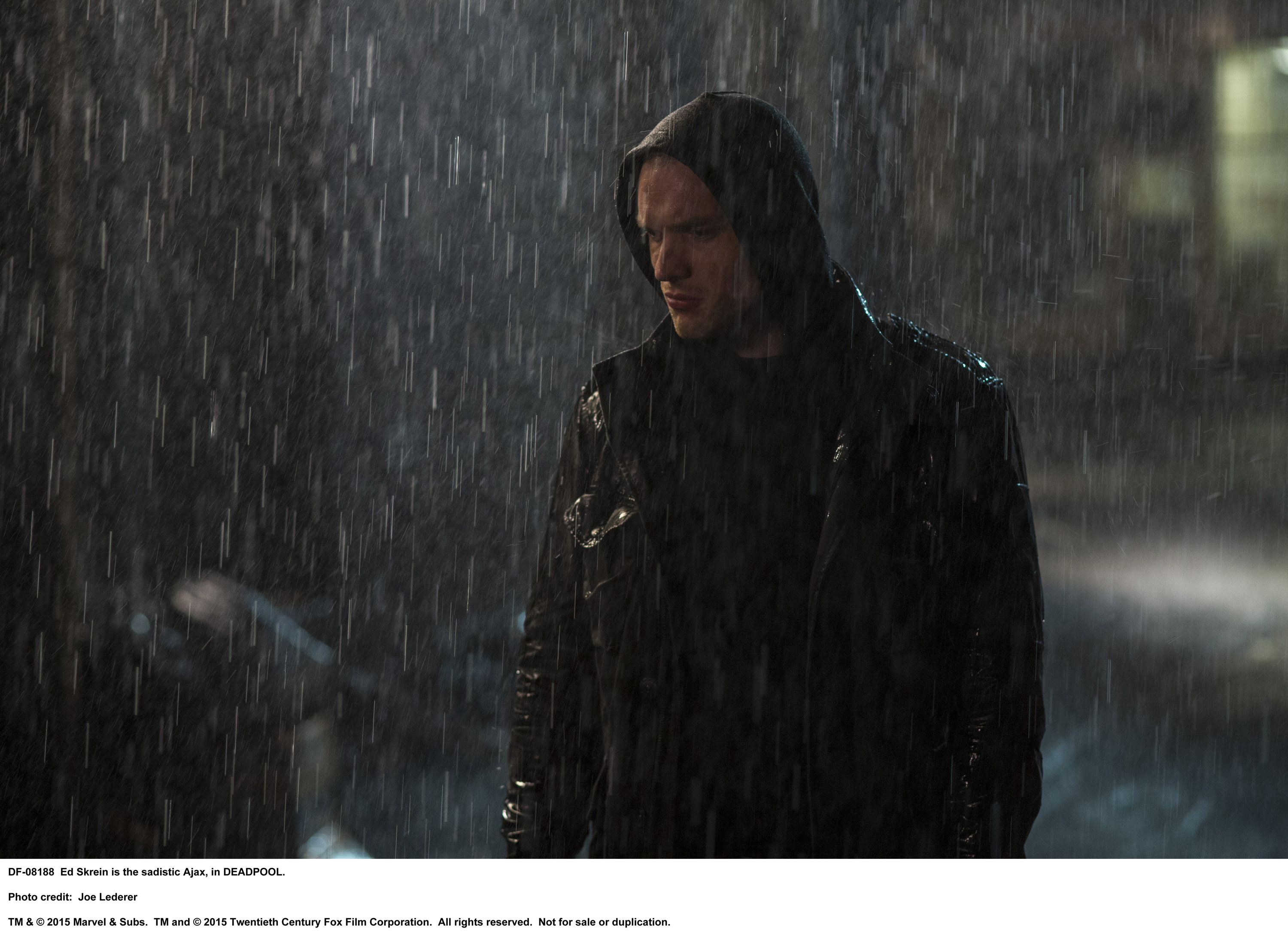 HULLFISH: That’s very interesting, so you cut out four minutes, but you had to extend it three seconds.
HULLFISH: That’s very interesting, so you cut out four minutes, but you had to extend it three seconds.
CLARKE: Exactly! Because originally there was this whole section – that will probably end up on the DVD – where after he says “no” to the recruiter he goes to Mexico to this shoddy cancer clinic where they’re kind of selling a fake cure for cancer and he kind of realizes it’s all fake and (I redacted a bunch of spoiler alert stuff here) and now he’s hit this low point and then decides to go take the recruiter up on his offer. But because of a bunch of structure/pace aspects, it felt like that whole section was too much and we needed to be more streamlined. So NOW we need to imply that he’s considering the recruiter’s pitch in a much quicker way. That scene of him sitting at the window was actually originally him thinking about his cancer diagnosis. Now that scene is about him thinking about accepting the recruiter’s offer.
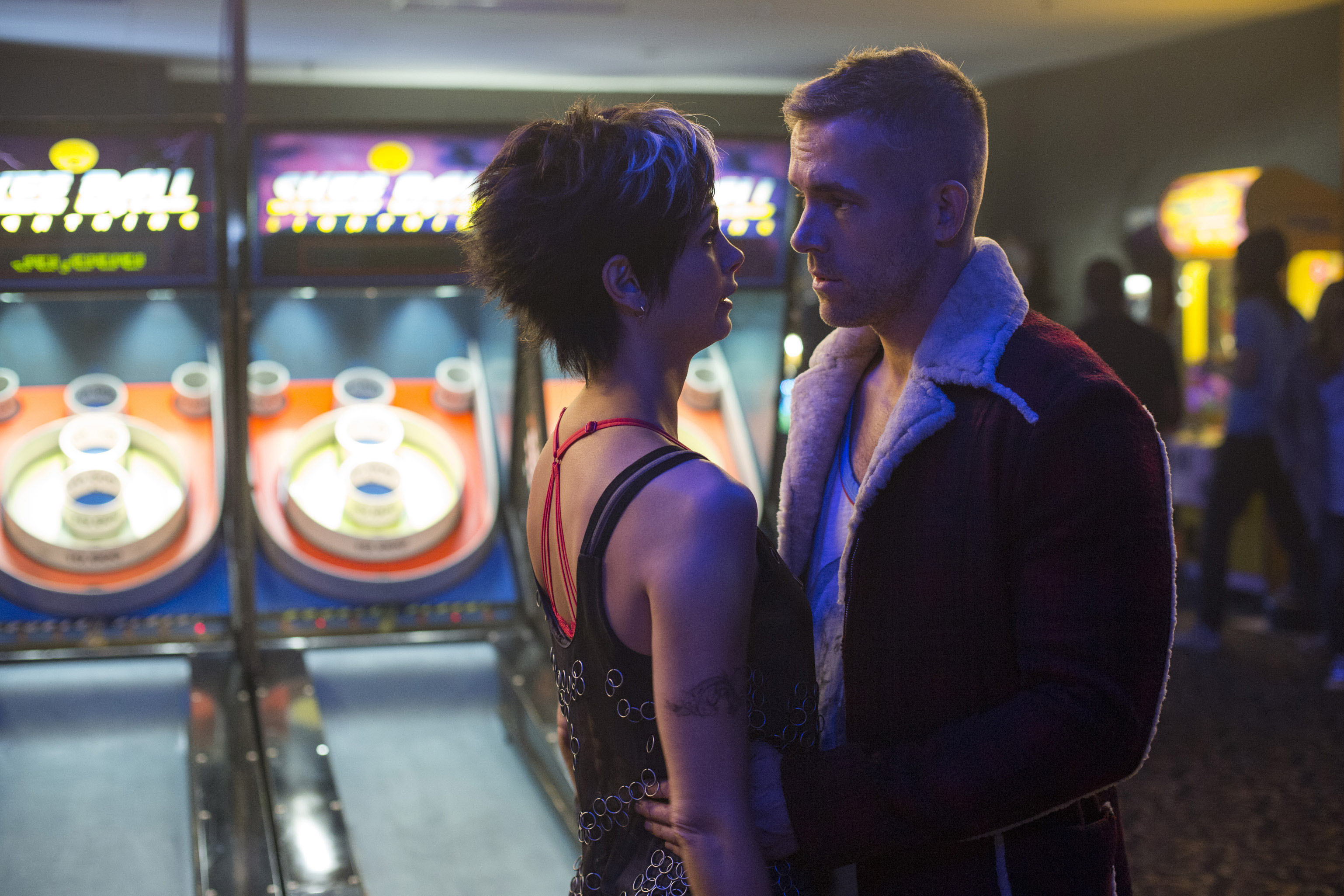 HULLFISH: There’s a lot of action in this movie, but there’s also a lot of comedy and both of those things are critically dependent on timing in very different ways. I’d love to hear your thoughts on jumping between those mentalities. Were you like an actor needing to put on a different persona to cut one and then cut the other? They seem to be very different muscles to flex.
HULLFISH: There’s a lot of action in this movie, but there’s also a lot of comedy and both of those things are critically dependent on timing in very different ways. I’d love to hear your thoughts on jumping between those mentalities. Were you like an actor needing to put on a different persona to cut one and then cut the other? They seem to be very different muscles to flex.
CLARKE: Oh yeah. It’s very different. Absolutely. They’re very different instincts. Editing action is interesting. I always feel like I’m learning more about it the more I do it. But there really is something very musical about editing action. I think when you first start editing action you’re like, “I’ll find the best bits and the best stunts and I kind of put them together in a way that’s very kinetic and there it is.” But often, when you do that, you find that the flow of the action is emotionally unsatisfying. There’s a journey and an arc with rises and falls where your characters are winning and losing, so sometimes you have to re-order things to have this correct musical flow to the action.
.jpg) HULLFISH: Absolutely.
HULLFISH: Absolutely.
CLARKE: Then comedy is really this very micro-sense to what is the rhythm of this joke and how much of this character’s reaction do I need to see and then sometimes this line doesn’t work, we need a different punch-line to make this pay off and then in this movie we’re often joking in the middle of action or in the middle of drama and then it’s like, “How much of this can we get away with before the scene falls on its face.
HULLFISH: Do you have a musical background. I love this discussion the musicality of editing action.
CLARKE: I was forced to take piano lessons for many years but I hated to practice, so I’m not musical in that way, but I’m very influenced by music in my editing. When I get hired on a job, one of the first things I do is I start gathering music that I’m going to temp with whether that’s songs or temp score. I find that I’m very interested in tone in regards to cracking the editing of a movie and music is such a vital part of finding that tone.
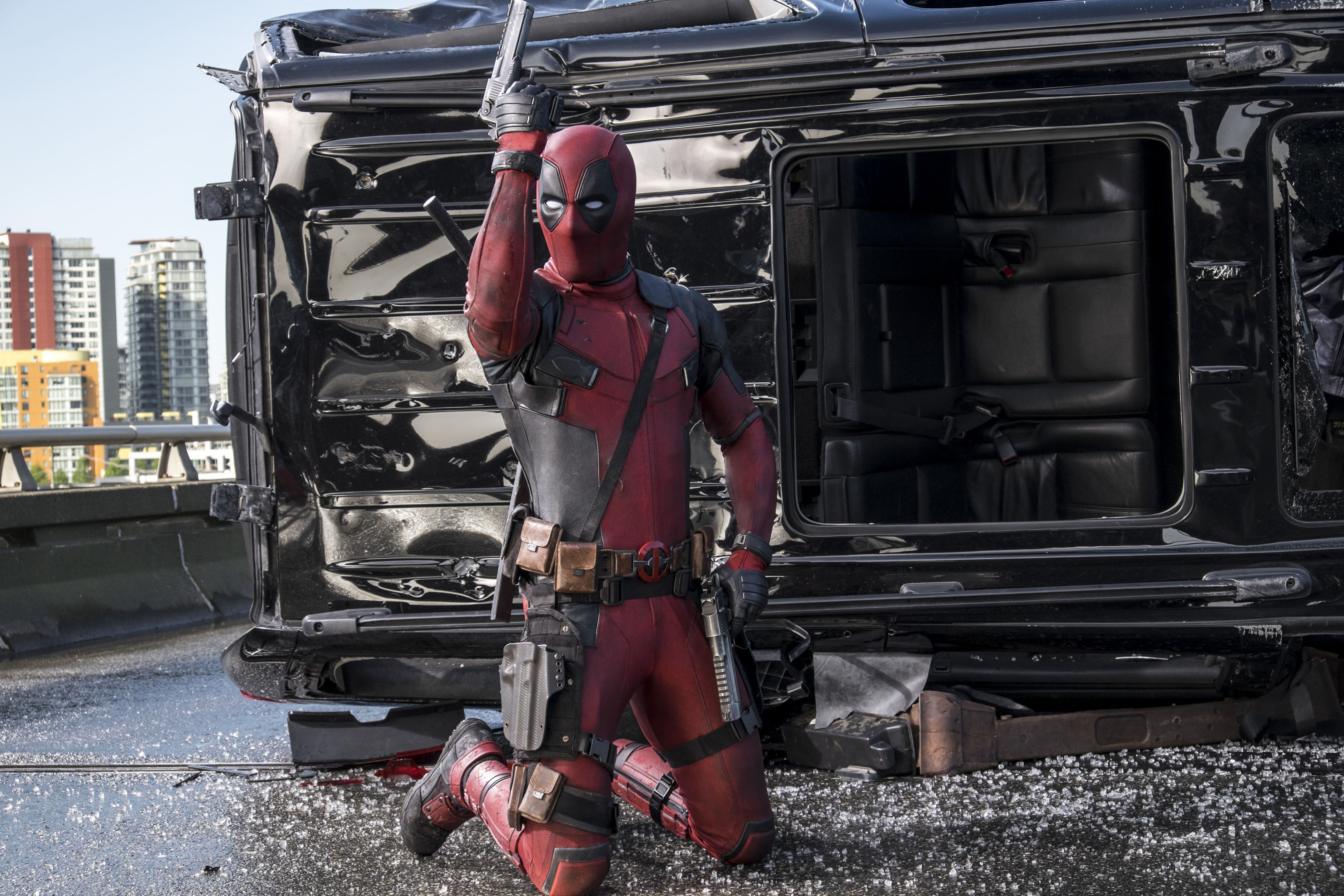 HULLFISH: Amen. Can you talk about any of the stuff that you temped with or were considering when you were thinking about the tone for this movie? It’s got a very specific attitude.
HULLFISH: Amen. Can you talk about any of the stuff that you temped with or were considering when you were thinking about the tone for this movie? It’s got a very specific attitude.
CLARKE: There are a whole bunch of songs that were written into it, so that stuff was already there and then there was stuff that was written that was like that, but the song didn’t actually work. Like there’s a long sex montage and at one point it was Frank Sinatra’s “It was a very good year” and at another point it was a disco song and neither song really worked for the sex montage so we had to find something that had the spirit of that idea, but worked better for the sequence, which ended up being “Calendar Girl.” Then there was the whole other component to it which is the score. I felt like this character is so modern and crazy, I’m pretty certain that we’re not going to go with a very traditional-sounding score, so I went with something hybrid in terms of what I used to temp. I used the “Captain America: Winter Soldier” score mostly, which has a lot of electronics and a lot of movement. I also find the hybrid score worked for action and for comedy because it’s not so emotionally leading and it’s rhythmic in the way that comedy is rhythmic. In terms of how it transformed with the final movie, we ended up with Junkie’s score and that is very hybrid and definitely more eccentric than what I temped with but he dialed in just the right amount of quirk into the music, whereas temping the right amount of quirk is like an almost impossible job. It’s way to easy for it to become too silly or something, so I erred on the side of caution when it came to having that sort of spark of humor to the temp music.
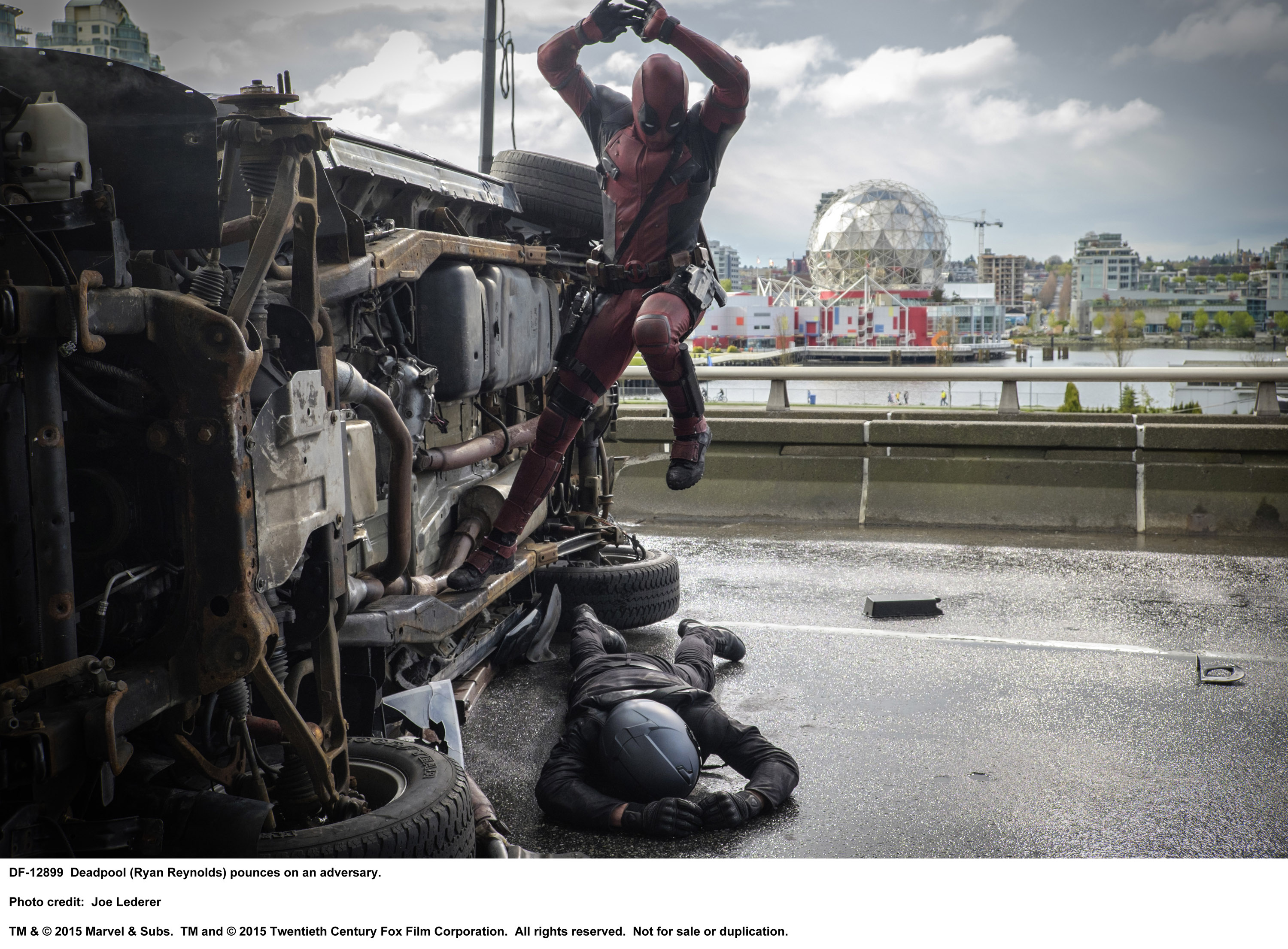 HULLFISH: Humor is dependent on performance and performance is one of those things I’m really interested in. Talk to me about finding a performance in the dailies that has the right tone and then sculpting that performance… how much you are the steward of the actors and how much you are in the dance with them.
HULLFISH: Humor is dependent on performance and performance is one of those things I’m really interested in. Talk to me about finding a performance in the dailies that has the right tone and then sculpting that performance… how much you are the steward of the actors and how much you are in the dance with them.
CLARKE: I guess I agree with both those things. You can take a bad performance and make it passable or sometimes the harder job is actually working with a really strong performance because – like with Ryan’s material – he doesn’t give you bad takes, but he gives you a lot of variety, so then it becomes a question of “What’s the right choice here? Is this more funny or is it better to be earnest here?” You have a whole bunch of choices and you can be paralyzed with good options and it comes down to deciding what really serves the scene and the story best.
HULLFISH: Do you find those choices in performance evolve? For example, when you’re editing a scene you choose one performance, but when you see it in the context of the film you realize something that’s either drier or in another emotional vein?
Press “NEXT” below to continue reading the article.
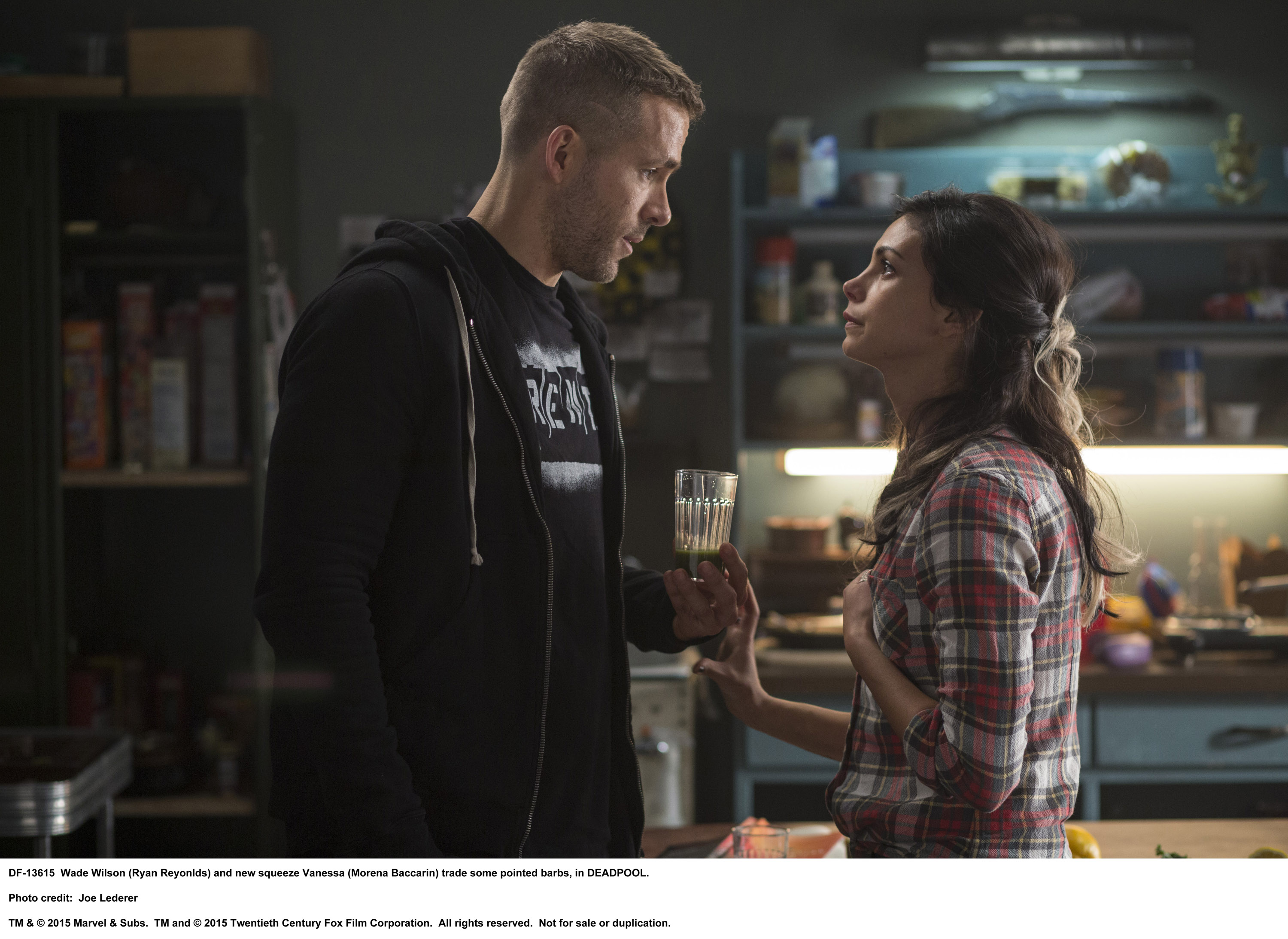 CLARKE: Yes. Absolutely. There were a lot of cases where something could be hilarious but then you watch in context and you think, “That’s a little too much.” I was very conscious that I wanted this movie to be very much a “popcorn-ride” type movie, but then at the same time, the whole appeal of the character is how crazy and digressive he was. So it was about being true to the character without having it derail the larger goal of watching the whole cut.
CLARKE: Yes. Absolutely. There were a lot of cases where something could be hilarious but then you watch in context and you think, “That’s a little too much.” I was very conscious that I wanted this movie to be very much a “popcorn-ride” type movie, but then at the same time, the whole appeal of the character is how crazy and digressive he was. So it was about being true to the character without having it derail the larger goal of watching the whole cut.
HULLFISH: Talk to me about the macro-pacing of the movie which is kind of that “in context” thing where you’ve cut together all the scenes, you’ve assembled those scenes into a whole… now what are the decisions that are made to determine that the movie is too long or that we need to get to a specific moment sooner.
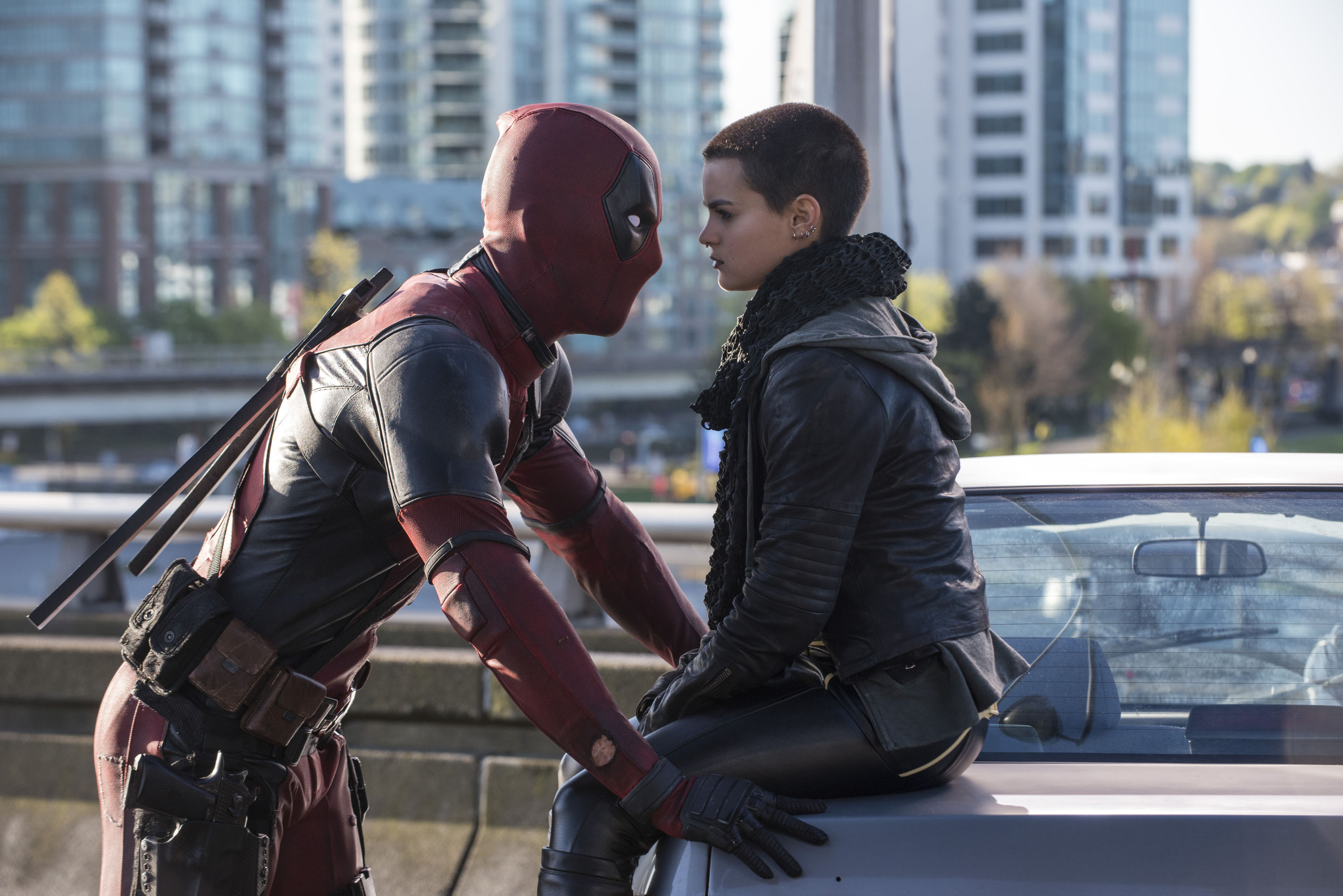 CLARKE: Mercifully our first cut of this movie was about two hours long and our finished version was about an hour and forty five. First you cut some shoe-leather. Then you cut some things that don’t work. Then you cut a couple of things that are redundant. You cut a couple of things you like, but in the name of the greater good, they have to go… but there’s not a lot of major story amputation going on. In the situation where you’re cutting 45 minutes out of a movie or an hour, then you’ve taken out an entire storyline. You have these huge gaps and the writing of the original script assumes that that storyline is there and you have to find a way to glue that back together without it. That can be tough. Fortunately with this project we were not quite in that situation. But in terms of how the macro pacing goes, we did find that we have this middle section of the movie where Wade is in the workshop where he becomes Deadpool and it’s very dark and almost a harrowing part of the movie and where the revenge story emanates from, but when it was too long we found that the audience sort of took a long time to recover from that so we’d get to a funny scene shortly after the workshop and no one was laughing. So we knew that was a problem, so two things were the solution: Partly we took a few minutes out of the workshop to reduce the trauma of it a little and we added an additional scene between the workshop and the funny scene which eased you out of the dramatic tone and back into the comedy.
CLARKE: Mercifully our first cut of this movie was about two hours long and our finished version was about an hour and forty five. First you cut some shoe-leather. Then you cut some things that don’t work. Then you cut a couple of things that are redundant. You cut a couple of things you like, but in the name of the greater good, they have to go… but there’s not a lot of major story amputation going on. In the situation where you’re cutting 45 minutes out of a movie or an hour, then you’ve taken out an entire storyline. You have these huge gaps and the writing of the original script assumes that that storyline is there and you have to find a way to glue that back together without it. That can be tough. Fortunately with this project we were not quite in that situation. But in terms of how the macro pacing goes, we did find that we have this middle section of the movie where Wade is in the workshop where he becomes Deadpool and it’s very dark and almost a harrowing part of the movie and where the revenge story emanates from, but when it was too long we found that the audience sort of took a long time to recover from that so we’d get to a funny scene shortly after the workshop and no one was laughing. So we knew that was a problem, so two things were the solution: Partly we took a few minutes out of the workshop to reduce the trauma of it a little and we added an additional scene between the workshop and the funny scene which eased you out of the dramatic tone and back into the comedy.
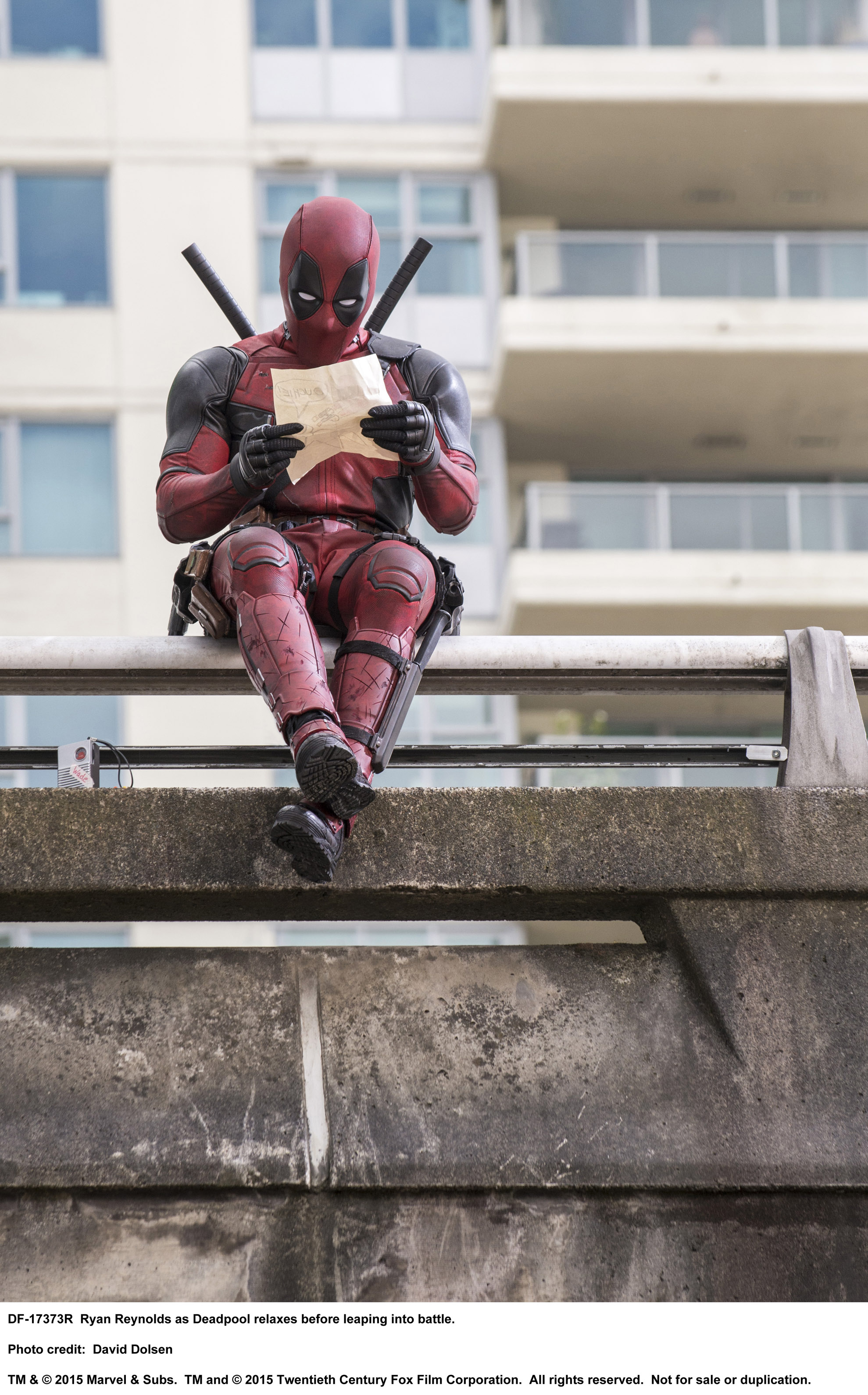 HULLFISH: Talk to me about collaborating with any director, but Tim in particular on this movie.
HULLFISH: Talk to me about collaborating with any director, but Tim in particular on this movie.
CLARKE: My attitude towards it is that you have to be flexible. Some directors are very hands-on. They want to be sitting in with you all day, every day and other director’s do it where you show them stuff and then go back and work on your own. I’d say if there was an ideal way to work that’s most effective, it’s somewhere in between because when you’re working together you learn a whole bunch of things about what the director likes and doesn’t like and they can have some instincts which are instructive to you about the movie that you pick up quicker when you’re working directly with them, but if you’re always working with them you can get into a situation where you don’t want to try something because it’s likely to not work, so you self-censure because you’re self-conscious that you’re having someone watch you when you fail. So it’s nice to kind of have room to do R&D on things on your own when you get the chance. I’ve worked a whole range of ways and I’m fine doing it any way. Sort of the middle route is the thing Tim and I did. He worked quite hands-on with me during the director’s cut after production and then gave me space to mess around with things, then the further we got down the VFX wormhole, the more time I had on my own and it became more note-driven.
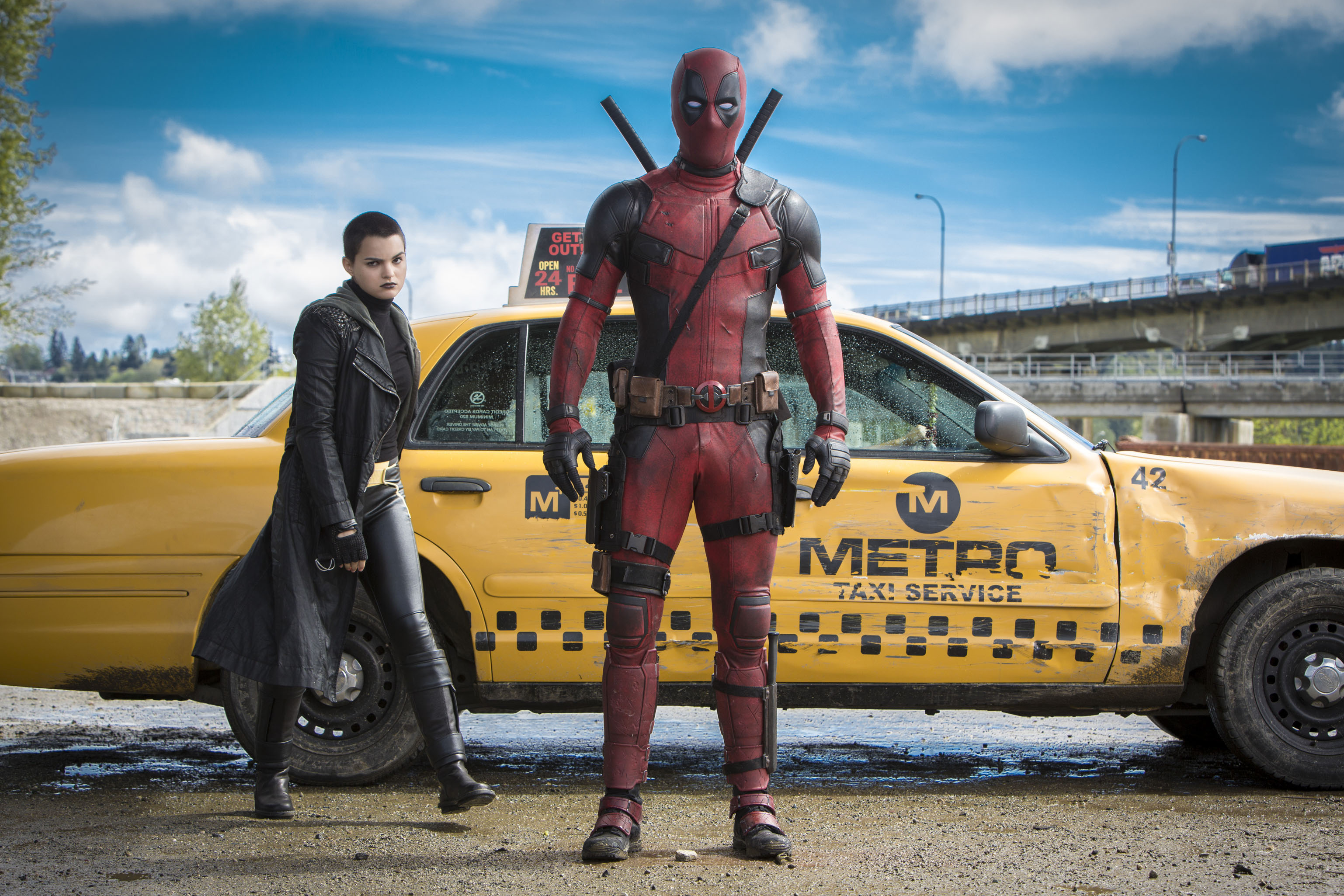 HULLFISH: Interesting. When you were working on the director’s cut did you guys discuss stuff and you talked through it? Or was that about showing him stuff, or going through notes?
HULLFISH: Interesting. When you were working on the director’s cut did you guys discuss stuff and you talked through it? Or was that about showing him stuff, or going through notes?
CLARKE: A bit of all of the above. We did a whole bunch of things, starting with watching dailies together. This was not one of those movies where we shot 9,000 hours. It wasn’t so exhaustive that you couldn’t wrap your head around the content. So we’d go through and review the best material and talk about it, then start reconstructing my first assembly according to what we talked about.
HULLFISH: What is your approach to a scene?
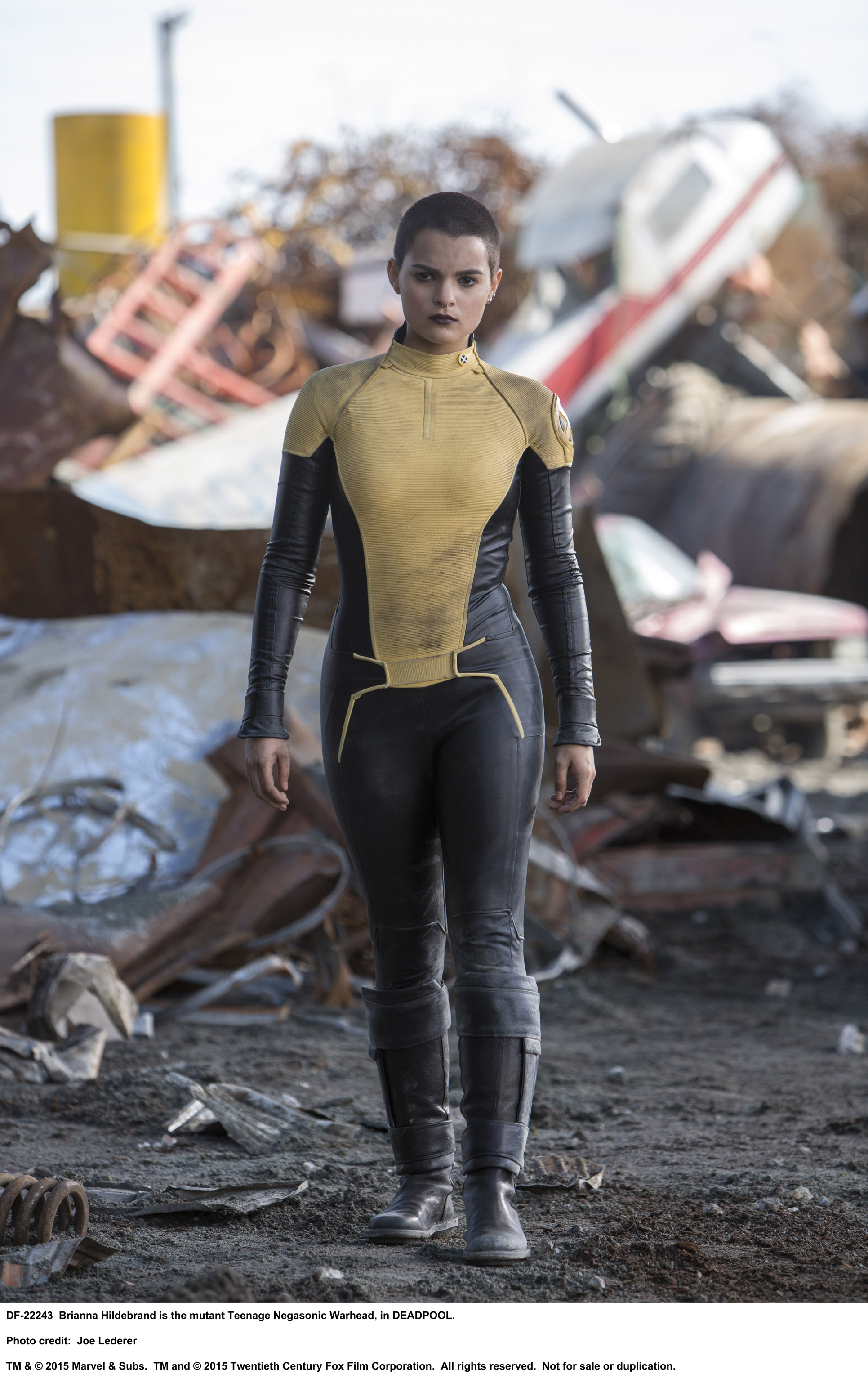 CLARKE: I feel like there’s two answers to this question. Presumably, we’re in production if this is the first cut on something, so I really have two different tacks that I use depending on how many dailies I’ve been given. So my normal process, which is not really interesting to talk about: watch all the dailies, throw down a couple of selects on the timeline and start building it linearly forward. Like many editors, I watch the takes backwards because generally speaking the director has made adjustments after each take and the best material is in the latter half of the shooting… not always. But this very thorough approach, if I have like three or four hours of stuff, that thorough approach makes it likely that I’m going to fall behind, so I have a whole other approach that I take if there’s a whole lot of material that’s been shot, because I do pride myself on keeping up with production and not falling behind. So the other approach is that you just dive into it. You go to the circled takes and the later takes and lay out a foundation of the major coverage and here are the major selects of the major coverage and here is the blueprint. Then, depending on how fast that cuts together, I go back and review the material that I’ve skipped over that’s not been selected and see what I’ve missed. Should I be editing this in a different way? And then if I hit a stumbling block on that scene and if I can’t crack it, I’ll jump on to another scene. So I don’t take one scene from start to completion and then move on to the next. I work in drafts, so there’s a first or second draft on a scene and then I’m moving to another scene. While I’m working on that other scene an assistant editor can drop in early sound effects and that kind of stuff. And when I have early drafts on everything, then I’m going back and doing further revisions on those scenes, running down my clock on the day, continuing to do passes on these things so I can hand it all over at the end of the day and the director can see everything that he shot the previous day, fully assembled. Its like cooking with many pots on the stove.
CLARKE: I feel like there’s two answers to this question. Presumably, we’re in production if this is the first cut on something, so I really have two different tacks that I use depending on how many dailies I’ve been given. So my normal process, which is not really interesting to talk about: watch all the dailies, throw down a couple of selects on the timeline and start building it linearly forward. Like many editors, I watch the takes backwards because generally speaking the director has made adjustments after each take and the best material is in the latter half of the shooting… not always. But this very thorough approach, if I have like three or four hours of stuff, that thorough approach makes it likely that I’m going to fall behind, so I have a whole other approach that I take if there’s a whole lot of material that’s been shot, because I do pride myself on keeping up with production and not falling behind. So the other approach is that you just dive into it. You go to the circled takes and the later takes and lay out a foundation of the major coverage and here are the major selects of the major coverage and here is the blueprint. Then, depending on how fast that cuts together, I go back and review the material that I’ve skipped over that’s not been selected and see what I’ve missed. Should I be editing this in a different way? And then if I hit a stumbling block on that scene and if I can’t crack it, I’ll jump on to another scene. So I don’t take one scene from start to completion and then move on to the next. I work in drafts, so there’s a first or second draft on a scene and then I’m moving to another scene. While I’m working on that other scene an assistant editor can drop in early sound effects and that kind of stuff. And when I have early drafts on everything, then I’m going back and doing further revisions on those scenes, running down my clock on the day, continuing to do passes on these things so I can hand it all over at the end of the day and the director can see everything that he shot the previous day, fully assembled. Its like cooking with many pots on the stove.
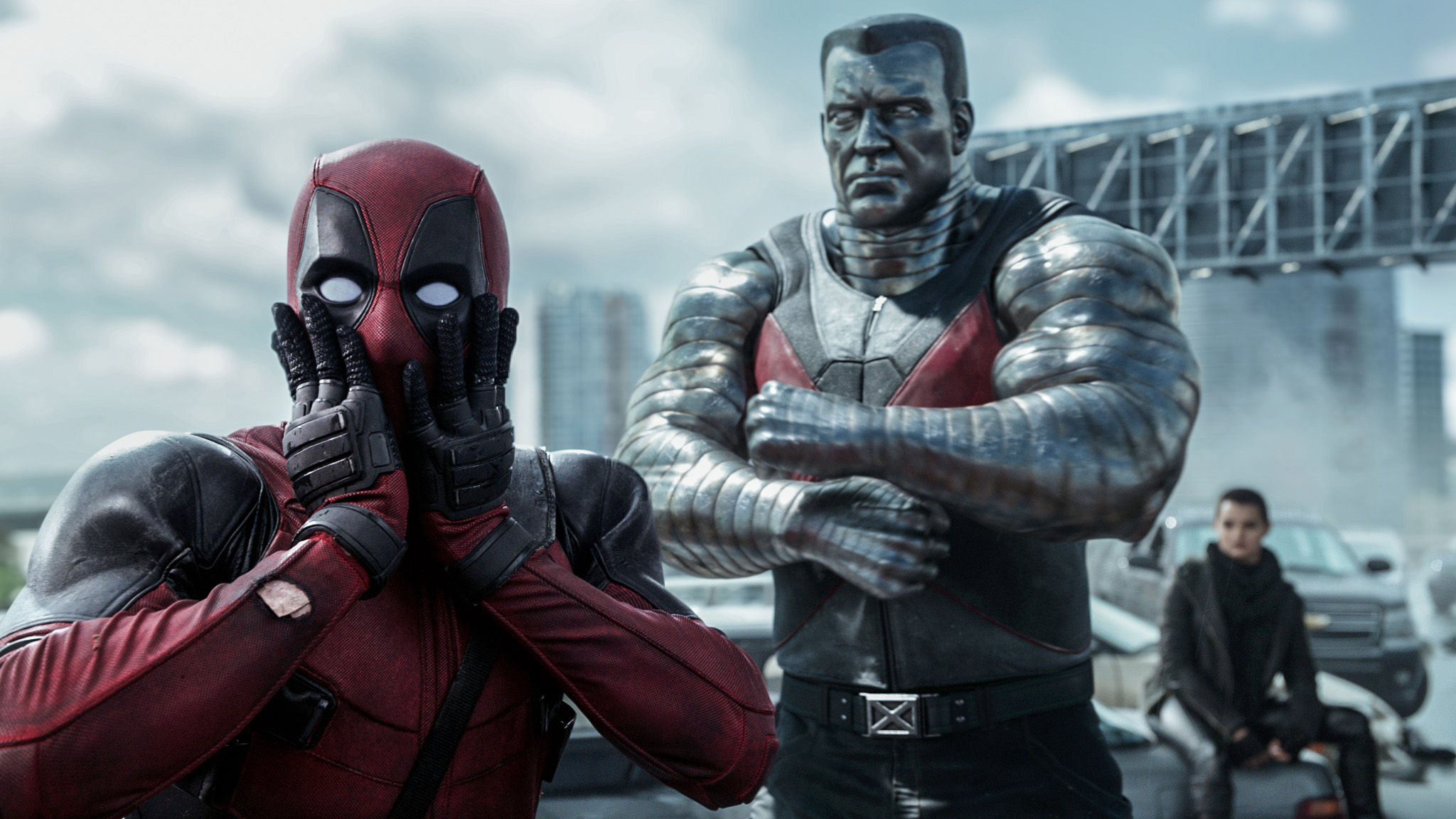 HULLFISH: I love that. You were talking a little about sound effects. Talk to me about the importance of you doing sound work in selling your visual cuts.
HULLFISH: I love that. You were talking a little about sound effects. Talk to me about the importance of you doing sound work in selling your visual cuts.
CLARKE: I use a lot of sound and a lot of music. The expectation these days is that you can approximate the feel of a finished movie right out of the edit system. It’s a wonderful way to watch a scene. You can kind of say, “This feels like a movie here with the music and the sound” instead of needing to hum it in your head and look over the flaws. But the downside is that that becomes what everyone wants to see, so not only do you have to cut the scene well, but you also have to “tart it up” and have it be that sort of experience and that becomes the new metric that you have to hit. It can be a pain because it puts a lot of onus on the editor to deliver these things.
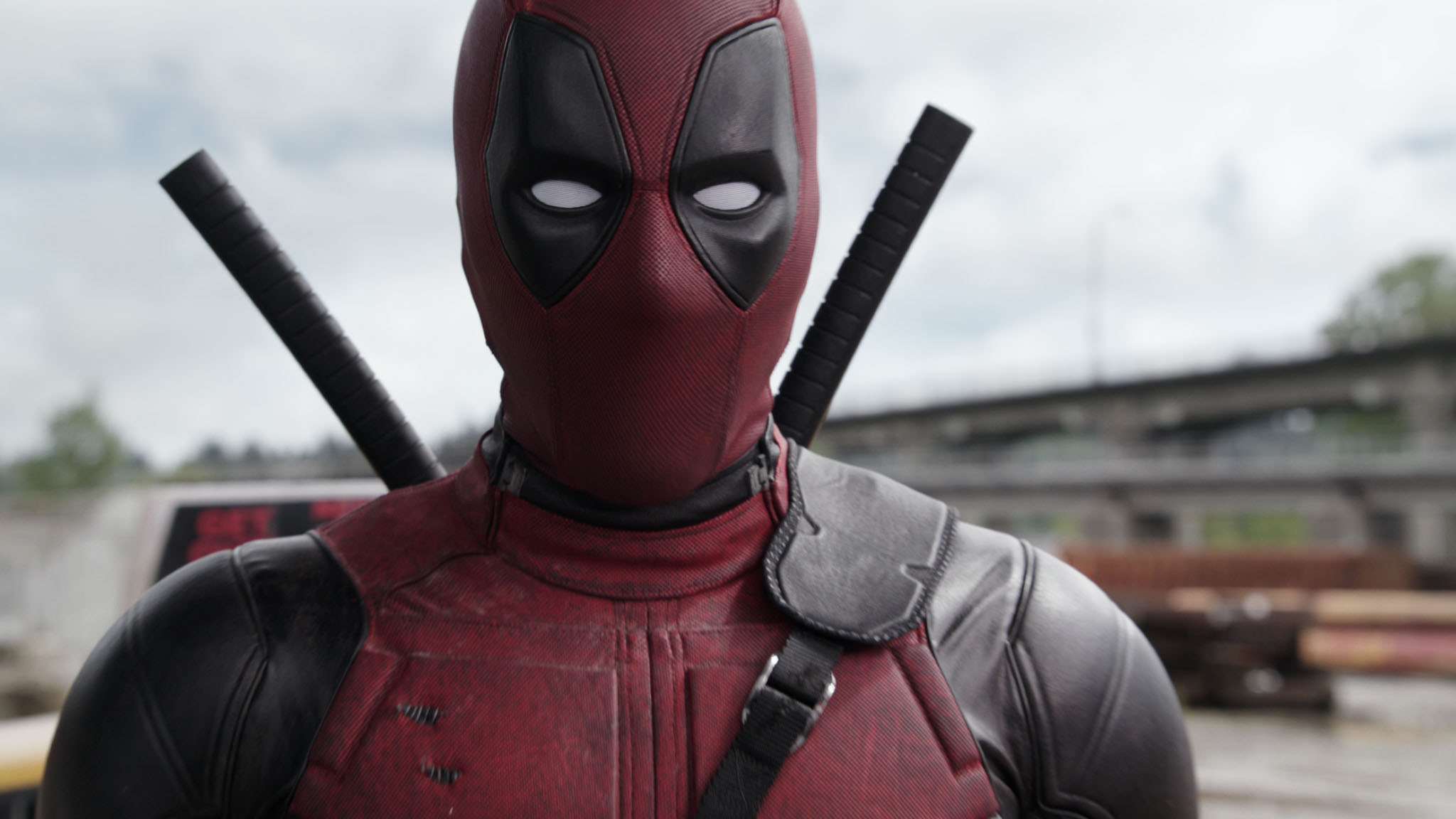 HULLFISH: How difficult is it to cut something with VFX when so much of it is something you have to imagine or use pre-viz or post-viz?
HULLFISH: How difficult is it to cut something with VFX when so much of it is something you have to imagine or use pre-viz or post-viz?
CLARKE: It’s another one of those “Every film is different” situations. In a movie like “District 9” it was incredibly difficult because it was exactly the situation you’re describing: with the major set piece, we just had empty plates. We had no pre-vis. We had no post-viz. We just didn’t have the time or money for it. And so it was really like this guessing game where you would trace around a turntable of the model and slap it in as a scale reference and then imagine how long it would take to do something and then cross your fingers that the 50 grand or whatever they’re going to spend on this shot would be money well-spent. It helped a great deal that Neill Blomkamp had once been a VFX artist, as he could really look at these quite empty shots and imagine how it was going to work. On the flip-side, on “Deadpool” Tim owns a VFX studio and the studio did a ton of pre-viz work long before it got to camera and this is something that his company specializes in doing and Tim has a lot of experience with it,so we had a bit of a blueprint for some of Deadpool’s more VFX heavy sequences. Then in the case of “Colossus” we had a human performer in there in half the takes so you had a performance or a scale reference that wasn’t pre-viz or post-viz, so there were less need for Jedi-instincts involved in editing the VFX.
HULLFISH: Can you tell me anything about editing the “Ask you a question” scene?
deadpool-Deadpool_DOM_EPK_PublicityClips_AskYouAQuestion_Stereo_h264_hd from Steve Hullfish on Vimeo.
CLARKE: The movie has so many tones and that part of the movie we’re in sort of an R-rated rom-com. The humor is quite raunchy but it’s also sweet and romantic, so you’re trying to develop a physical chemistry as well as the banter, much like a normal Ryan Reynolds movie.
HULLFISH: Was there a key to editing that? Trying to decide on performance or how your editing would affect the story later on? Or how to maintain a tone or balance between sex, romance and humor?
 CLARKE: That scene was like a huge part of the heart of the movie which was important in grounding it and making people care about watching it for two hours. You can’t just have two hours of sarcasm and quips. You need story and emotion, so the two major emotional through lines of it are the love story and the revenge story and that scene is the thing where you have a relationship and they care about each other in the midst of all the raunchy humor. You need that to work because in the denoument where we circle back to the love story, if that isn’t earned there, then you have no catharsis, the scene doesn’t mean much if its isn’t set up properly.
CLARKE: That scene was like a huge part of the heart of the movie which was important in grounding it and making people care about watching it for two hours. You can’t just have two hours of sarcasm and quips. You need story and emotion, so the two major emotional through lines of it are the love story and the revenge story and that scene is the thing where you have a relationship and they care about each other in the midst of all the raunchy humor. You need that to work because in the denoument where we circle back to the love story, if that isn’t earned there, then you have no catharsis, the scene doesn’t mean much if its isn’t set up properly.
HULLFISH: You and your team were used to cutting in Avid. Tell me about your experience cutting in Premiere Pro CC. I’m cutting a feature in Premiere myself right now. We should compare notes!
CLARKE: Premiere is a pleasure to edit on in terms of putting a scene together. It’s a beautiful piece of software, but using it on a bigger VFX movie like this one is quite a new idea, and when you do something new there are going to be challenges in how you plug it into established workflows.
HULLFISH: I’ve edited in just about every editor and find there are definitely things in each that I like and miss when I move to another system. What did you really like about the switch to Premiere?
CLARKE: Premiere has some great features like its integration with After FX, subframe audio editing, and being able to media browse directly into my sound FX library without needing to encode it into a new media format. Also, using the tilde key to toggle your timeline to full screen is a great way to get your hands on the full breadth of your tracks really quickly.
HULLFISH: Anything that took some getting used to?
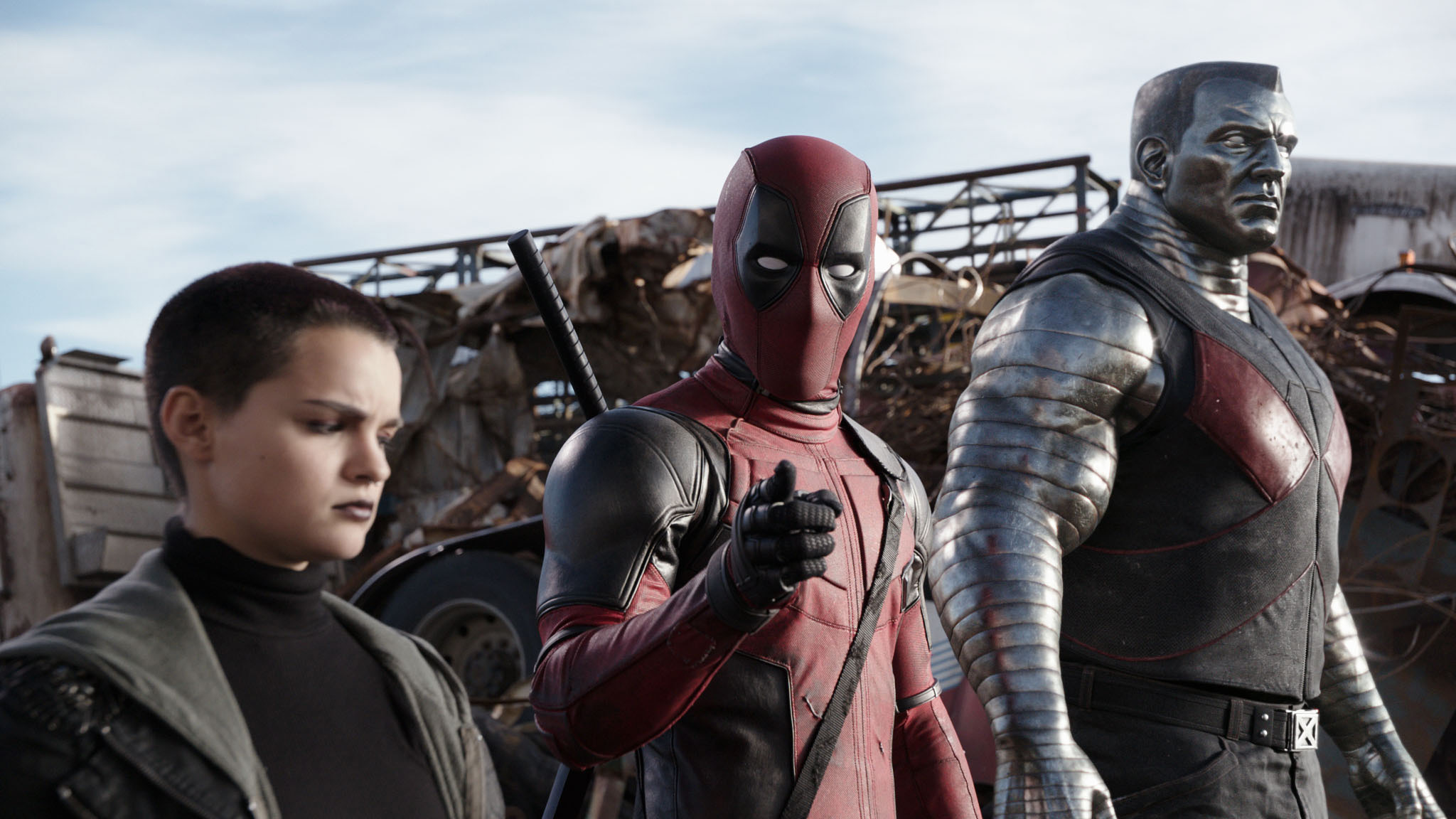 CLARKE: Well Premiere doesn’t yet allow multiple users to work inside the same project. So, we had to split our project file into separate reels to create a work around, which meant you had to open and close Premiere to switch reels. Ultimately, the holy grail for Premiere would be to get everyone inside the same project like Unity or Isis, so that you don’t have to divide up your movie this way.
CLARKE: Well Premiere doesn’t yet allow multiple users to work inside the same project. So, we had to split our project file into separate reels to create a work around, which meant you had to open and close Premiere to switch reels. Ultimately, the holy grail for Premiere would be to get everyone inside the same project like Unity or Isis, so that you don’t have to divide up your movie this way.
HULLFISH: Any final thoughts on the NLE wars? Does it matter what you cut on? When I interviewed Joe Walker he said, “If they shot a movie on wet string, I’d cut that.”
CLARKE: I think there are pros and cons to every editing system. In terms of the creative side to editing, I don’t find there is much difference what I edit on. And I think competition between the NLEs is healthy. I first learned editing with Final Cut Pro version 1 in 2000 and then switched over to using Avid around 2004. During this period Final Cut and Avid were really competing with one another and I think was a great time for both of their software development. Each version of Final Cut got better and incorporated more pro functionality and Avid created DV express and moved away from its expensive hardware only setups. Ultimately, the software from both companies got better for the editor. I hope we can go through a similar process now between Premiere and Avid, where they each have good ideas they can steal from the other.
HULLFISH: Finally, can you describe the gear you were cutting on?
CLARKE: We used 6 Mac Pro “trashcans” w/D700 graphics cards and 64 / 128 GB of RAM depending on the bay. My system was maxed out. Then we had 180TB of Velocity SSD storage from Open Drive designed by Jeff Brue.
HULLFISH: Thanks for sharing so much with us. I learned a lot. It was a blast.
CLARKE: I had fun talking to you, too.
For more on “Deadpool” using Premiere Pro CC, check out the more “workflow oriented” interview I did with Vashi Nedomansky. Also check out all of the past Art of the Cut interviews for incredible advice and insight into the craft of editing at THIS LINK. And for updates about future interviews with the best and brightest editors, follow me on Twitter @stevehullfish.

Filmtools
Filmmakers go-to destination for pre-production, production & post production equipment!
Shop Now